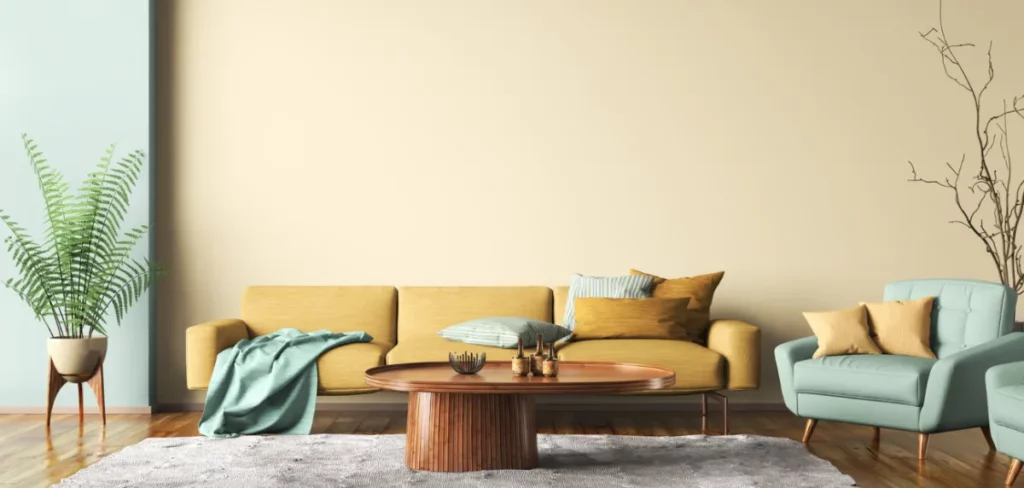REALTOR® Magazine
Interior design experts unpack this future-minded design philosophy that centers on reducing waste.

| April 27, 2023 Design Trends By: Leandra Beabout |
The word “sustainable” is an all-encompassing idea that breaks down into many parts. It could refer to anything from a product made with environmentally-friendly materials to a lifestyle that minimizes one’s carbon footprint. Within the overarching sustainability movement are specific philosophies that seek to solve the various issues facing the environment today. Circular design is one such specific philosophy that focuses on creating décor, fixtures and spaces with extended life cycles, thus reducing waste.
“In contrast to linear design, in which a material is designed, built, used, and discarded, circular design seeks to extend the lifetime of a material by ensuring multiple uses …” explains Mackenzie Collier, interior designer and founder of Mackenzie Collier Interiors(link is external) in Phoenix, Ariz. “In circular design,” she adds, “a product is designed to simplify future reuse or recycling.”
Circular Design 101
First things first: Circular design is not an aesthetic style. Unlike biophilic design or Art Deco, this refers to the philosophy and intention behind a product or space.
“In a circular model, materials and products enjoy endless, closed-loop lifecycles as they … are reused, recycled, upcycled and transformed into new products and materials,” says Laurence Carr, interior architect and designer, founder, and CEO of Laurence Carr, Inc(link is external). in New York, N.Y. In other words, waste is designed out of the equation. One example of circular design are bathroom tiles made from recycled materials, which are designed to be recycled again.
The built environment generates nearly 50% of annual global CO2 emissions …,” says Carr. “Any small efforts we can each make in our own lives add up in a big way, so please do keep circularity at the top of mind whenever making decisions about your home and lifestyle!
How Homeowners Can Incorporate Circular Design
Both design experts prefer not to call circular design a “trend.” Collier says it’s just a good, environmentally aware practice — and it’s not going away anytime soon.
- Going vintage. “This way, our clients get something different than what everyone else is picking up at West Elm or Crate and Barrel this season,” Collier says. “It creates a gathered-over-time aesthetic, is often more cost-conscious, AND is the more environmentally sustainable choice.”
- Prioritizing recycled and recyclable products. In circular design, it’s essential to do everything possible to eliminate waste. One way to do that? Recycling. Collier suggests buying from companies with recycling programs (like FLOR recyclable carpet tiles) or products made from recycled materials.
- Getting pickier about building materials. For Carr, that means using certified and reclaimed woods for flooring. It also looks like using sustainable materials such as bamboo, cork or biomaterial derived from waste.
- Sourcing “forever” pieces. This could mean quality pieces from local artists or timeless furniture styles that are made to last. Today’s circularity-minded clients are turning away from flashy trends and toward homes and products that are made to stand the test of time.
- Reimagining the home structure itself. Homeowner clients will probably have an easier time using circular designs during room refreshes or renovations. But for those looking to build, Carr points to prefabricated homes. “[They’re] created with a focus on energy efficiency and durability, able to be disassembled and repurposed at the end of their useful life,” she says.
Depending on the client and project, circular design might look like a combination of several of the following:
Circular Design Resources for Clients
Infusing a house with circular design takes time. It happens product by product, room by room.
So, where should you and your clients start? Third-party certifications, says Carr. That means looking for products and materials verified as sustainable or circular.
Here are some of the third-party stamps of approval Carr looks for:
- Forest Stewardship Council(link is external) (FSC) for wood-based products made using sustainable forestry practices
- Cradle to Cradle(link is external) (C2C) Certification for products designed with circular principles in mind
- GreenGuard(link is external) for products that meet strict standards for indoor air quality
- Energy Star(link is external) for energy-efficient products and appliances
- Global Organic Textile Standard(link is external) (GOTS) for organic, eco-friendly fabrics
- Fair Trade(link is external) for products made by workers who are paid fair wages in safe conditions and who use environmentally sustainable practices
- B Corp Certification(link is external) for companies meeting strict standards and accountability in social and environmental performance
